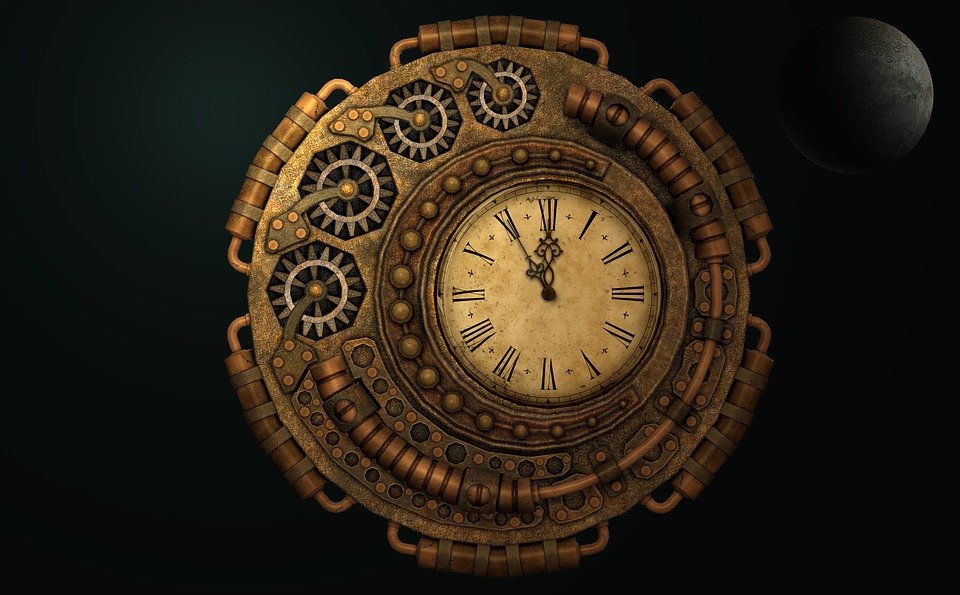Exploring the Beauty of Realism: Capturing Life as it Truly Is
Introduction
Art has always been a means of expressing human emotions, experiences, and perspectives. Among the various styles and genres, realism stands out as a powerful form of artistic expression that strives to capture life as it truly is. This article delves into the beauty of realism, its history, techniques, notable artists, and its relevance in contemporary art.
Understanding Realism
Realism is an artistic movement that emerged in the mid-19th century as a reaction against the romantic and idealized depictions prevalent during that time. Realist artists aimed to depict the world as they saw it, without any embellishments or distortions. They sought to capture the truth of everyday life, emphasizing details, and focusing on ordinary subjects.
The History of Realism
Realism as an art movement gained prominence in France during the 1850s. Artists such as Gustave Courbet, Jean-Baptiste-Camille Corot, and Honoré Daumier were pioneers of this movement. They were inspired by the social and political changes of the time, seeking to depict the reality of the working class, rural life, and the struggles of ordinary people.
Techniques in Realism
Realism places a heavy emphasis on detail, precision, and accuracy. Artists use various techniques to achieve this, including careful observation, accurate representation of light and shadow, and the use of perspective. Realist painters often work in layers, building up the image gradually to achieve a level of realism that closely resembles a photograph.
Notable Realist Artists
Several artists have made significant contributions to the realism movement. Let’s explore a few renowned realist painters:
Gustave Courbet
A key figure in the development of realism, Courbet’s works often depicted ordinary people engaged in everyday activities. His painting “A Burial at Ornans” is a prime example of his commitment to portraying real-life situations with honesty and sincerity.
Edward Hopper
Hopper’s paintings capture the essence of urban life in the United States. His use of light and shadow, along with his focus on solitary individuals, creates a sense of isolation and introspection. “Nighthawks” is one of his most famous works, demonstrating his mastery of capturing the mood and atmosphere of a scene.
Winslow Homer
Homer’s realistic paintings often depicted scenes of nature and the sea. His use of vibrant colors and attention to detail brought his subjects to life. “The Gulf Stream” is one of his notable works, showcasing his ability to convey the power and unpredictability of the ocean.
The Relevance of Realism Today
Realism continues to play a significant role in contemporary art. While many other styles have emerged over the years, realism’s ability to capture the essence of life in a detailed and honest manner remains captivating. Realist artists today explore a wide range of subjects, including landscapes, portraits, and still life.
FAQs
What is the main goal of realism in art?
The main goal of realism in art is to depict the world as it truly is, without any idealization or romanticization. Realist artists strive for accuracy, detail, and sincere representation.
What are the key characteristics of realism?
Realism is characterized by its attention to detail, precision, and accurate representation of everyday life. Realist artworks often focus on ordinary subjects and emphasize the depiction of light, shadow, and perspective.
Who are some notable realist artists?
Some notable realist artists include Gustave Courbet, Edward Hopper, Winslow Homer, Jean-François Millet, and Thomas Eakins.
How does realism differ from other art movements?
Realism differs from other art movements, such as romanticism or impressionism, in that it aims to portray life as it is, without embellishment or distortion. It focuses on ordinary subjects and aims for accuracy and detail rather than idealized representations.
Is realism still relevant in contemporary art?
Absolutely! Realism continues to be relevant in contemporary art as it offers a way to capture the essence of life in a truthful and detailed manner. Many artists today continue to explore realism, incorporating their unique perspectives and subject matters.

